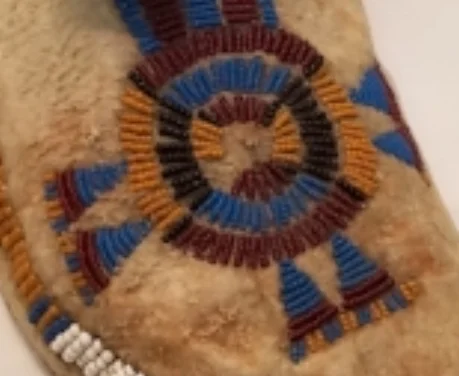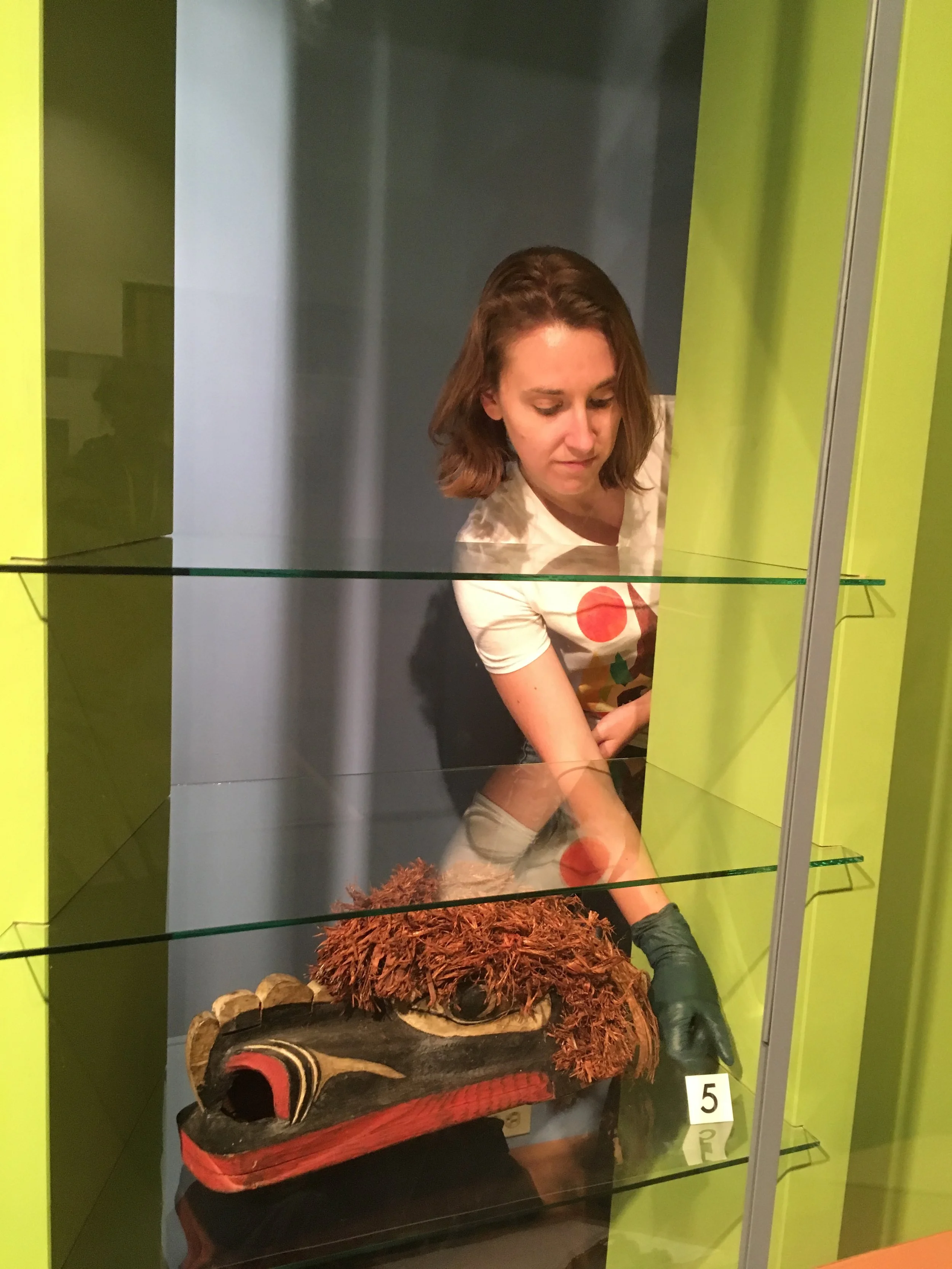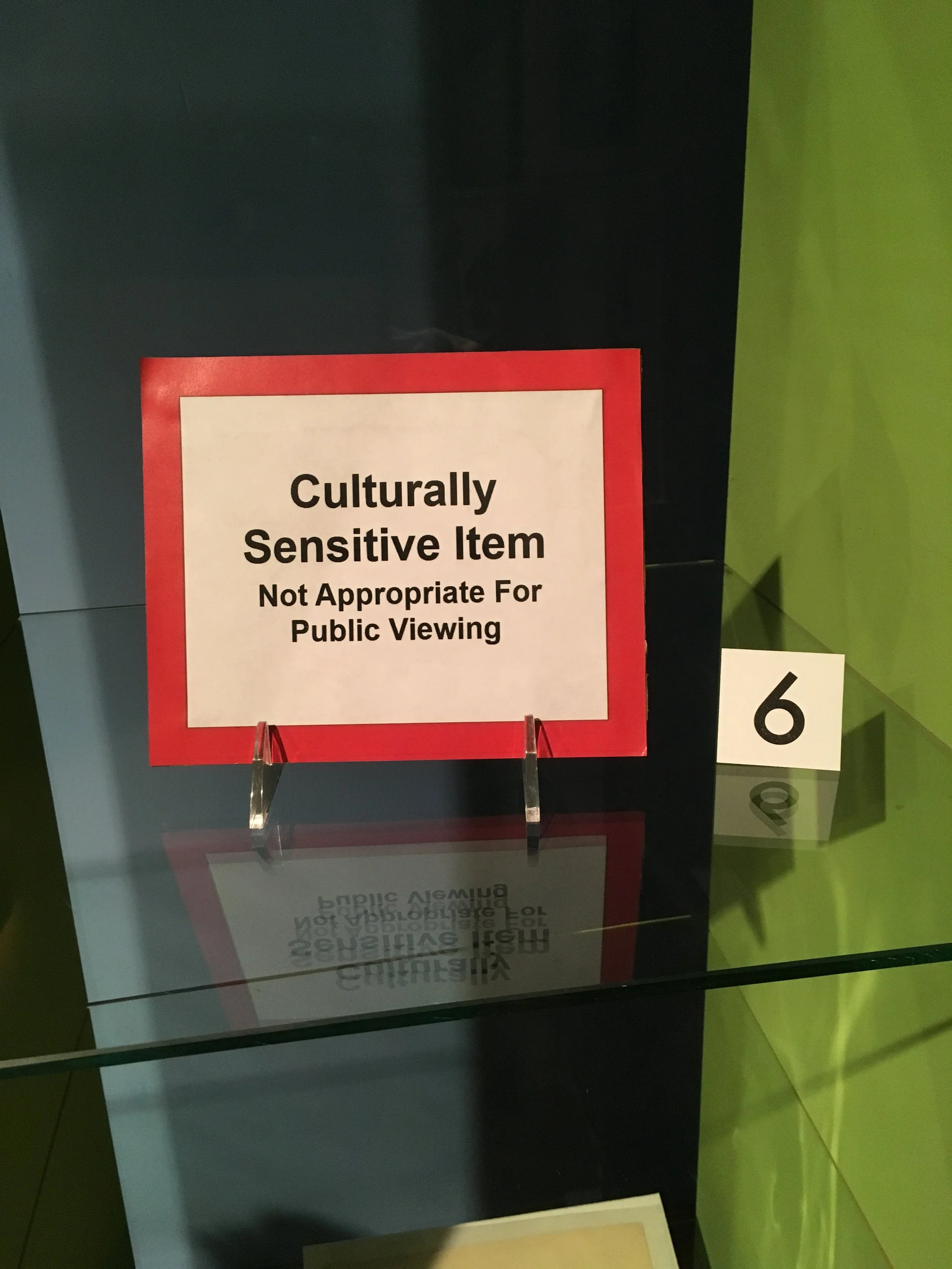Collections Research
I have performed object research as both a student and as museum staff, documenting and investigating various objects and collections. Examples, beyond those listed below, include research on coprolites donated to Milwaukee Public Museum, the provenance of a found-in-collection plaster adze cast, and a historiography of American involvement in the 19th century opium wars.
In 2017 I participated in a Plains Material Arts class, and chose to research a pair of indigenous Plains moccasins from the Denver Art Museum. This research project was a classic example of how research never goes where you plan when you start. While I set out to attempt to make a determination of the tribe of origin, I instead wrote a final research report telling the object's social biography in the tradition of Igor Kapytoff.
In the Fall of 2017 I participated in a Museum Anthropology Collections Research Practicum under my adviser, Dr. Jen Shannon. This class focused on skills in object research within museum collections, and connecting collections to broader anthropological themes. The students collaborated to create an exhibit, Questions in Culture, which explored the many different ways museum collections help us connect to identity. Our research culminated in a public symposium.
My own research focused on two Southwest dance masks at CUMNH. I explored how items may embody the tensions between museums, Native groups, and the federal government. My final work highlighted the short-comings of NAGPRA legislation, particularly the inefficiencies of language and the inherent power-imbalance. This research will be used to inform CUMNH's process to move forward on collaborative consultations with Native groups on these masks, an is serving as a model for future research on Native collections in the department.
Overcrowded ethnographic ceramics at the CU Museum of Natural History
Master's Thesis: Space Assessments
For my Master's degree program I researched and wrote a methodology for museum space assessments. This included research into museum storage planning and assessments, as well as documenting best practices in the field. I conducted interviews with Denver-area museum professionals to gain practical insight as well. My research into this topic is lead to my successful execution of a 5000-item space assessment for my home department, which will be used to inform a new storage plan for the collection. More information is available in my "Collections: Space Assessments" page on this portfolio.





